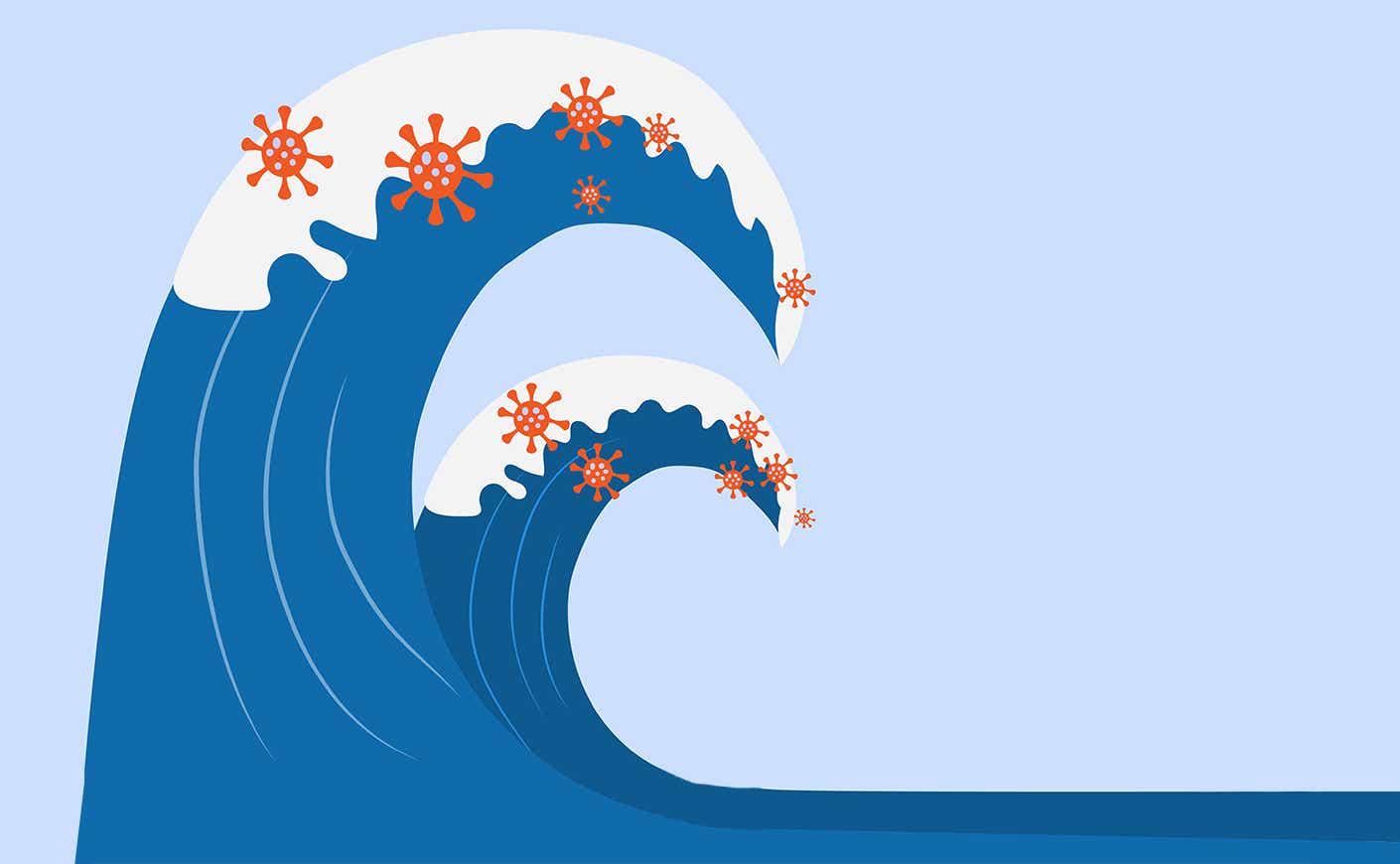We’re in the middle of another Covid summer surge, this time fueled by two variants — KP.3 and KP.3.1.1. Here’s what we know so far about these highly infectious strains, the states where they’re spiking, when we’ll see vaccines, and more.
What is the latest Covid variant?
KP.3, which belongs to the FLiRT class, has been going around this summer. One of its offshoots, KP.3.1.1, has recently overtaken its predecessor and is now the dominant strain, accounting for nearly 37 percent of cases in the last two weeks, according to the CDC. That’s more than three times as high as it was a month ago.
This new strain, like the others circulating, is a descendant of JN.1, which was behind last winter’s wave — and early research indicates it might even be more contagious than KP.3.
Do the current Covid vaccines protect against KP.3 and KP.3.1.1?
The current set of shots were formulated to target the XBB.1.5 strain, an Omicron variant that was dominant early last year. Experts say the vaccine helps prevent severe illness, but “has not been very effective or durable at blocking infection with any of the more recent variants,” Amesh Adalja, M.D., an infectious disease expert at Johns Hopkins Center for Health Security, tells Prevention.
When can I get an updated Covid shot?
Last year, the updated Covid vaccines got the green light from the FDA on Sept. 11. But this year, approval came early: On August 22, the FDA granted emergency use authorization for the latest Pfizer and Moderna vaccines. These formulas have been adjusted to better protect against the KP.2 strain of Covid-19. Peter Marks, M.D., Ph.D., director of the FDA’s Center for Biologics Evaluation and Research, said in a statement, “Given waning immunity of the population from previous exposure to the virus and from prior vaccination, we strongly encourage those who are eligible to consider receiving an updated Covid-19 vaccine to provide better protection against currently circulating variants.”
Pfizer said in a statement that it expects the new jab to be available at pharmacies “beginning in the coming days,” and Moderna’s CEO said, “We encourage individuals to speak to their healthcare providers about receiving their updated COVID-19 vaccine alongside their flu shot this fall.”
A vaccine manufactured by Novavax that protects against the JN.1 strain and its descendants is also expected to be ready for commercial delivery in September, pending FDA approval, according to the biotech company.
Where is Covid on the rise?
The CDC has been monitoring wastewater to determine how prevalent Covid-19 is in certain communities. Its tracking system has found that the “viral activity level” is “very high” in several states. Rates are spiking on the West Coast (California, Oregon, and Washington), and in other states including Utah, Arizona, Montana, Texas, South Dakota, Colorado, Kansas, Utah, Wyoming, Florida, Arkansas, and Massachusetts. You can see Covid levels in your state using the CDC’s interactive map.
What are the symptoms of KP.3 and KP.3.1.1?
Experts say it’s too early to say yet, but that it’s likely KP.3 and KP.3.1.1 won’t cause significantly different symptoms than earlier versions of the virus.
The following are the most common Covid-19 symptoms, according to the CDC:
- Fever or chills
- Cough
- Shortness of breath or difficulty breathing
- Fatigue
- Muscle or body aches
- Headache
- New loss of taste or smell
- Sore throat
- Congestion or runny nose
- Nausea or vomiting
- Diarrhea









